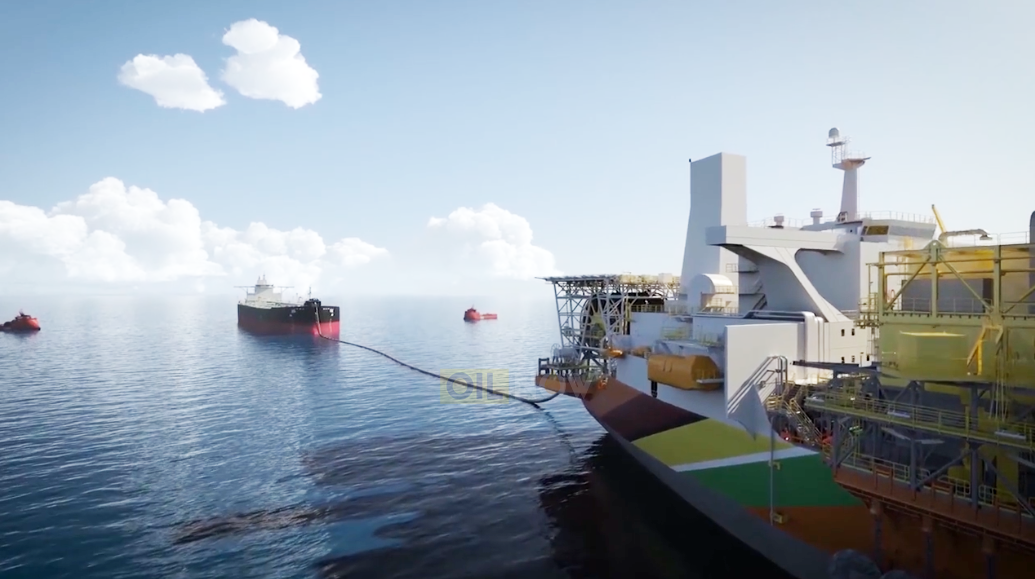Guyana’s Environmental Protection Agency (EPA) has put in place a series of robust measures to guide the Prosperity floating production storage and offloading (FPSO) vessel’s offloading operations for ExxonMobil’s Payara development project.
The project, set to come online soon, is expected to see a ramp-up to 220,000 barrels of oil per day (bpd) within a five-month period. This will push Guyana’s total production above 600,000 bpd in the first half of 2024.
According to the Environmental Permit issued by the EPA, Exxon is mandated to conduct all offloading operations in accordance with the most recently updated International Safety Guide for Oil Tankers and Terminals (ISGOTT).
The Sixth Edition of ISGOTT encompasses the latest thinking on gas detection, the toxicity and the toxic effects of petroleum products (including benzene and hydrogen sulphide), the generation of static electricity and stray currents, fire protection and the growing use of mobile electronic technology.
The Payara Environmental Permit stipulates that Exxon shall determine an environmental operating limit, in accordance with international petroleum practice standards, within which the Prosperity FPSO can safely offload crude to tankers. Exxon must also inform the EPA of this limit at least 60 calendar days before start-up.
Guyana government agreed to unitise Exxon’s Liza, Payara fields
In the event that adverse weather occurs during offloading operations, Exxon shall ensure that the tanker ceases offloading operations, disconnects and moves away from the FPSO.
Exxon is also mandated to ensure a certified marine-bonded, double-carcass floating hose system that complies with the recommendations of Oil Companies International Marine Forum (OCIMF) Guide to Manufacturing and Purchasing Hoes for Offshore Moorings (GMPHOM) 2009 Edition, or later, is being utilized.
A robust monitoring system for the offloading operations must also be activated to detect leaks and any challenges with instrumentation.
OilNOW reported in September that the first official loading of Payara Gold is expected this month, based on a program obtained by S&P Global Commodity Insights.
On assessing the quality of the crudes, S&P noted that Payara stands out as the densest among the medium sweet crudes Guyana has yielded to date. Liza, the pioneer grade from the ExxonMobil-led consortium, registers as a 32 API crude, with approximately 0.58% sulfur content. Unity Gold, meanwhile, is rated as a 34.5 API crude, possessing 0.41% sulfur, based on a July 2023 assay. In contrast, Payara rates at 28 API and 0.58% sulfur.



